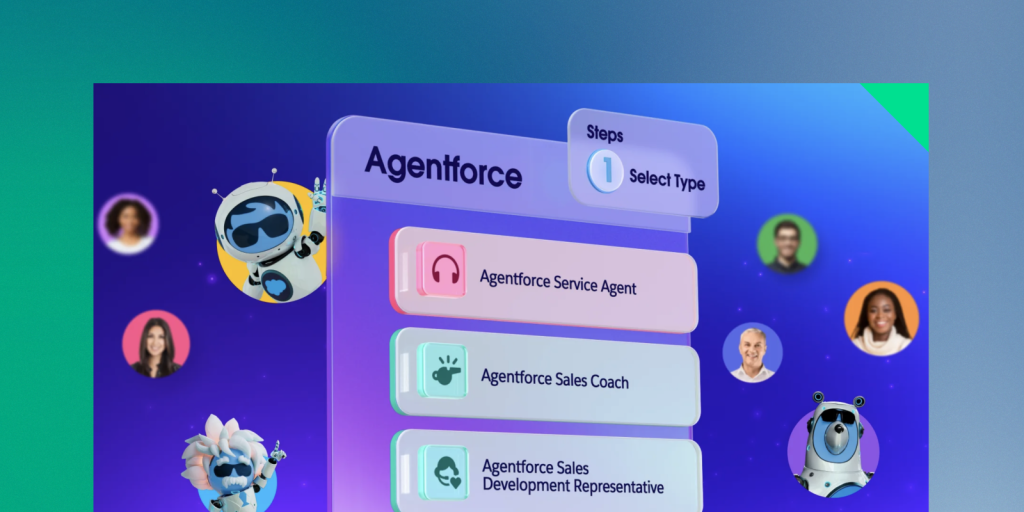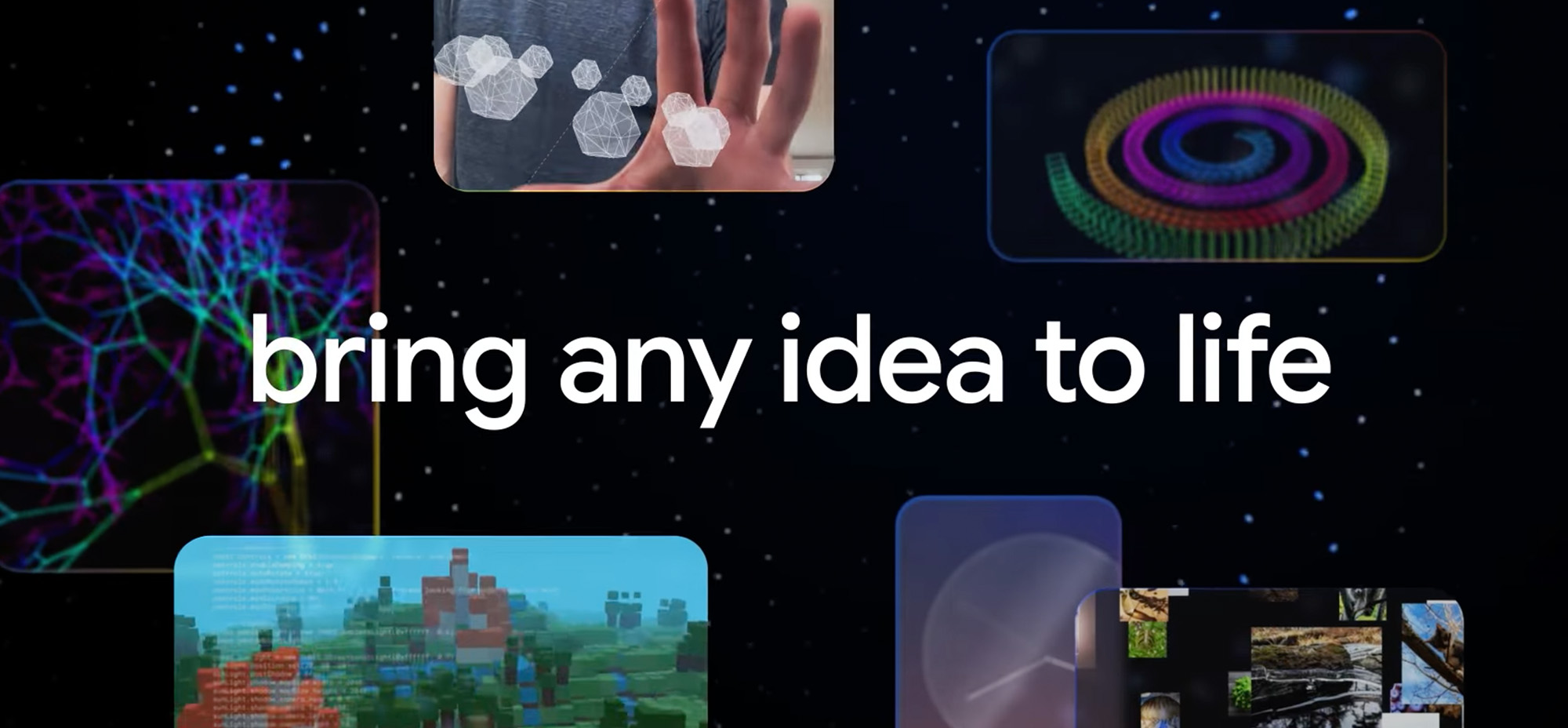This week, AI developments span customer service, content management, and productivity tools. Salesforce introduces Agentforce, empowering businesses with autonomous, low-code AI agents. Google reveals Project Jarvis, aiming to automate browser-based tasks with advanced AI. DeepMind and Hugging Face launched SynthID, offering a watermarking solution to ensure transparency in LLM-generated content. Meanwhile, Apple rolls out Apple Intelligence with the latest iOS update, delivering AI-driven tools for enhanced productivity.
Salesforce Launches Agentforce: A New Era of AI-Driven Customer Interaction
This week, Salesforce announced the general availability of Agentforce, its AI agent development platform, which is designed to streamline the deployment of chatbots with low-code or no-code solutions. Positioned as more than just another chatbot, Agentforce enables organizations to deploy agents that autonomously perform tasks triggered by data changes, business rules, or automation workflows.
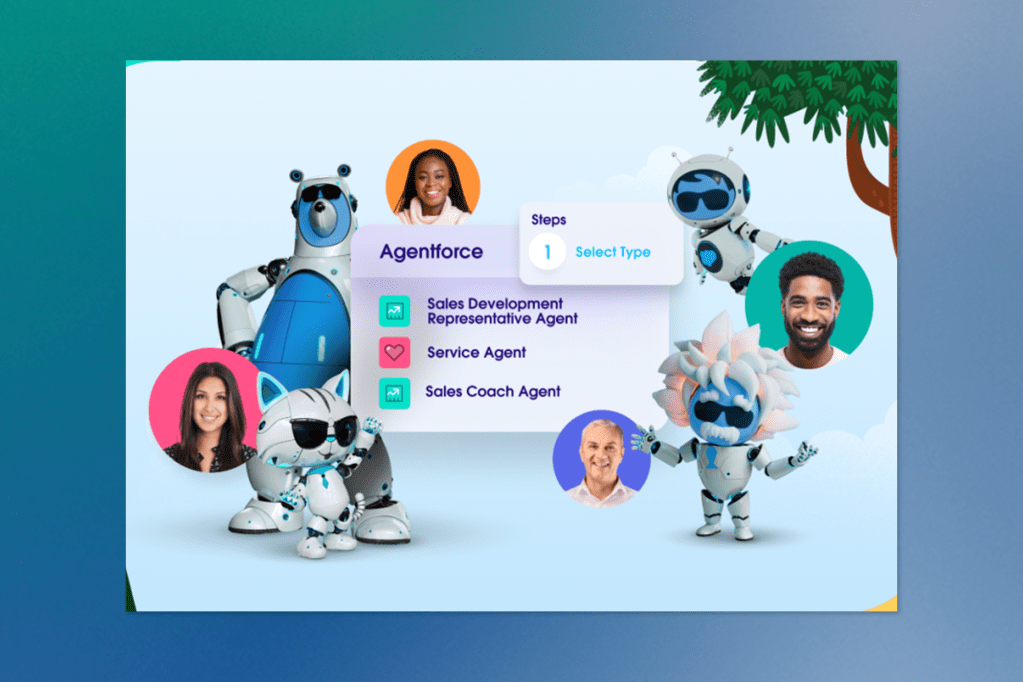
Big-name brands like OpenTable, Saks, and Wiley are already leveraging the platform. Unlike traditional chatbot models, Salesforce emphasizes a collaborative dynamic between humans and AI, stating, “Humans with Agents drive customer success together.
The release includes Agentforce Service Agent, a self-service offering priced at $2 per conversation, and Agent Builder, which allows users to create custom agents based on pre-designed templates. Salesforce is also weaving this new tool into Slack’s future vision as a “work operating system,” as Slack CEO Denise Dresser described, signalling a significant push towards transforming how enterprises communicate and operate.
Google’s Project Jarvis: A Glimpse into the Future of Automated Web Tasks
According to sources from The Information, Google is reportedly working on Project Jarvis, a new AI system designed to handle tasks directly through a web browser. The upcoming tool, expected to leverage a future version of Google’s Gemini AI, could assist users by automating routine online activities—such as researching information, purchasing products, or booking flights.
Unlike traditional chatbot models, Jarvis is tailored for web browsers, specifically Chrome, allowing it to interpret screenshots and interact with web elements like buttons and text fields. Although the tool is still under development and requires a brief delay between actions, it promises to help users streamline everyday, web-based workflows.
Google is tentatively planning a December preview of Project Jarvis, but details could change. The company is also considering limited testing to refine the tool and work out early-stage issues. As the tech industry continues to lean heavily into AI-driven agents, Project Jarvis represents Google’s ambitious push to revolutionize user interactions with the web, making everyday tasks more efficient through advanced automation.
DeepMind and Hugging Face Introduce SynthID Text: Watermarking LLM Outputs for Transparency and Security
Google DeepMind, in partnership with Hugging Face, has launched SynthID, a sophisticated watermarking tool designed to mark and detect text generated by large language models (LLMs). SynthID subtly embeds a watermark into text without altering the underlying model’s performance or compromising the quality of the generated content.
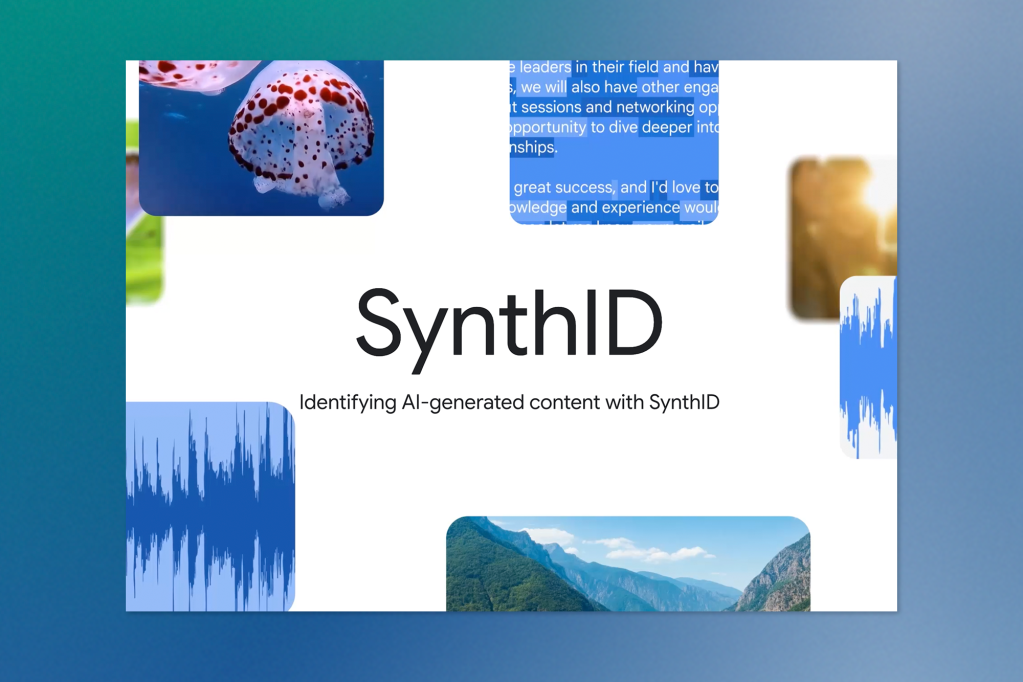
How SynthID Works
SynthID operates as a logits processor that modifies the token sampling algorithm to embed watermarks during the text generation process. It introduces subtle changes that leave a statistical signature detectable by a trained Bayesian classifier. Key features include:
– Performance-preserving watermarking: SynthID’s watermarking mechanism doesn’t require retraining the LLM, and watermarks are integrated without affecting text quality.
– Probabilistic detection: Watermark detection outputs one of three states—watermarked, not watermarked, or uncertain—and is fine-tuned to minimize false positives and false negatives through configurable thresholds.
– Private and customizable configuration: The watermarking process relies on random integer keys and ngram length settings to balance robustness and detectability. This ensures the watermark is resistant to light paraphrasing or minor edits but can still be reliably identified.
Limitations and Challenges
While SynthID is resilient to some post-generation modifications—such as cropping or slight paraphrasing—it struggles with:
– Highly rewritten content: Confidence scores drop significantly when AI-generated text is heavily rewritten or translated into another language.
– Factual accuracy constraints: Watermarking is less effective when responses are factually precise, as opportunities to embed the watermark are limited without compromising accuracy.
Despite these limitations, SynthID’s success in watermarking Gemini models demonstrates that this technique can scale to real-world production environments. It offers a practical solution for enterprise-level transparency and could become critical in managing AI-generated content across industries.
SynthID is now part of the Hugging Face Transformers library (v4.46.0+) and is also available as open-source code on GitHub.
Apple Intelligence Debuts with iOS 18.1
With the release of iOS 18.1, iPadOS 18.1, and macOS Sequoia 15.1, Apple has officially introduced its Apple Intelligence features, marking a significant step into the generative AI space. Originally announced at WWDC 2024, the first wave of these AI-driven tools is now available on select Apple devices, providing users with enhanced productivity and creativity features.
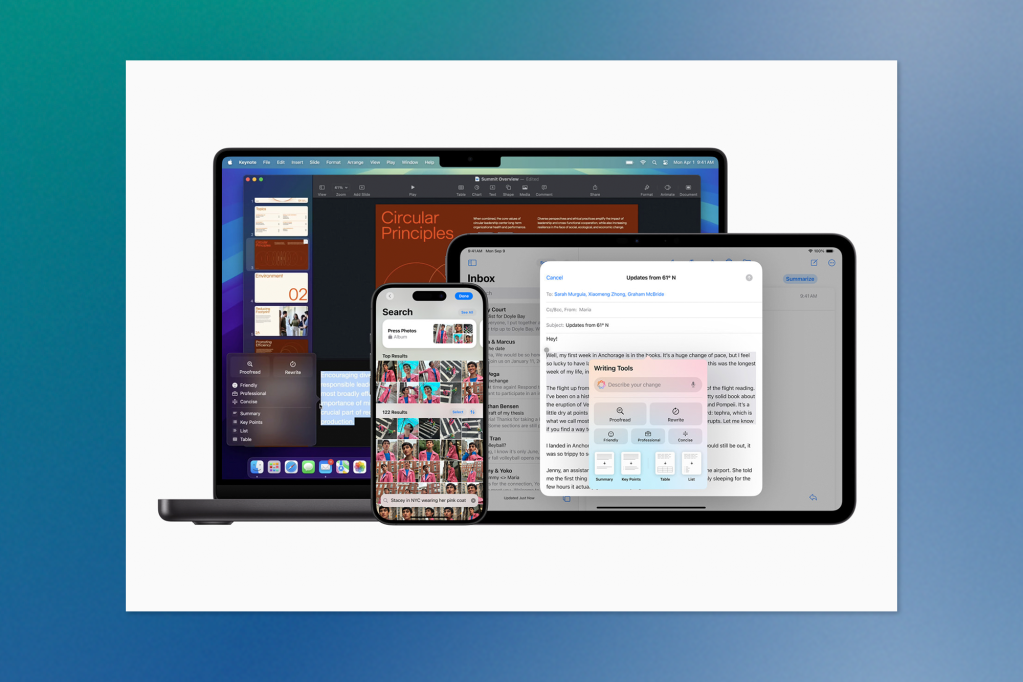
Device Compatibility and Access
Not all Apple devices will support the new Apple Intelligence features. Only newer models, including:
– iPhone 15 Pro, Pro Max, and all iPhone 16 models
– iPads with A17 Pro chips (such as the latest iPad Mini)
– M1 and later iPads and Mac devices
Users who opt into the feature will join a waitlist managed by Apple to help balance server demand, with most users gaining access within a few hours. This phased rollout reflects Apple’s cautious approach to managing compute-heavy LLM-based tasks remotely.
Small Model Approach vs. Black Box AI
Unlike large-scale AI models used by competitors, Apple Intelligence relies on smaller, specialized models tailored to specific tasks. This approach prioritizes efficiency and avoids the “black box” complexity typical of other generative AI solutions like ChatGPT. Local on-device processing handles many features, reducing dependence on cloud-based services and enhancing privacy.
New Features with iOS 18.1
The first batch of Apple Intelligence tools includes:
– Integrated writing tools for text refinement
– Image cleanup features to enhance photos
– Article summaries for faster content consumption
– Redesigned Siri input powered by generative text models
Upcoming Updates and Features
The upcoming 18.2 updates—currently in developer beta—will introduce even more Apple Intelligence capabilities, including:
– Genmoji: AI-generated custom emojis
– Image Playground: A creative suite for image manipulation
– Visual Intelligence: Advanced visual recognition tools
– Image Wand: Tools for automated image enhancement
– ChatGPT integration: A first for Apple’s AI ecosystem
While Apple has not confirmed the exact release date for these features, their addition signals Apple’s commitment to expanding its AI offerings across devices and platforms.
Weekly Tool Highlight: Humantic AI
This week, we feature Humantic AI, an advanced Buyer Intelligence platform that empowers sales teams to connect with prospects on a deeper level.
While most sales tools focus on account-based insights, Humantic AI shifts the focus to the buyers—the people behind purchasing decisions. Using AI-driven DISC personality profiles, Humantic AI provides detailed insights into what motivates each buyer, allowing teams to personalize communication across emails, social channels, and calls with unmatched precision.
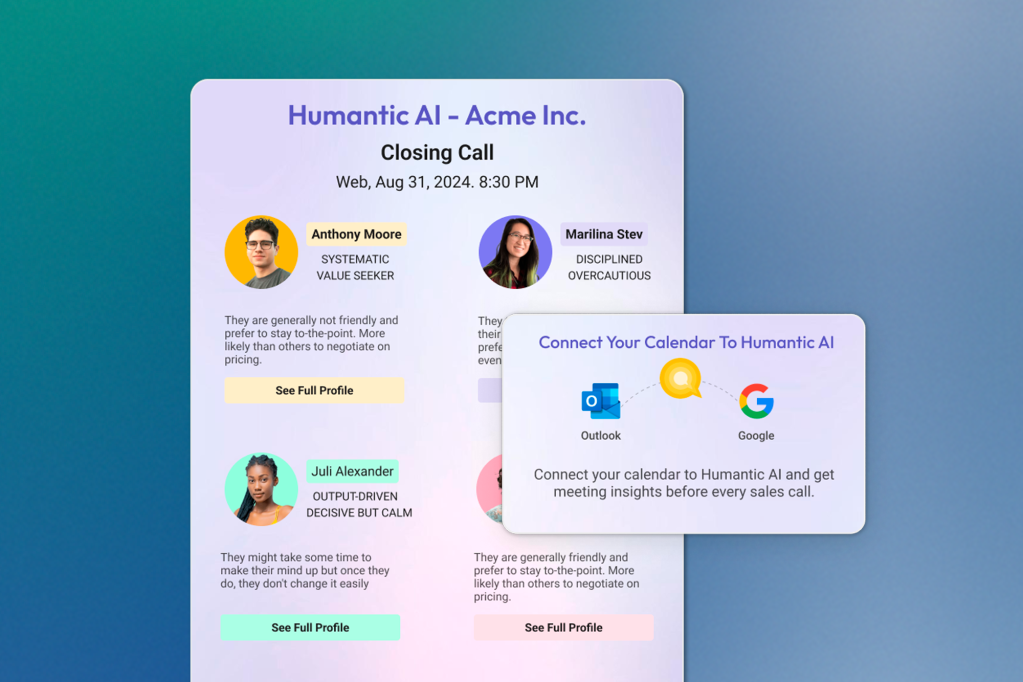
Core Features of Humantic AI
– Real-Time Buyer Insights: Automatically integrates with calendars (Google, Outlook) to provide actionable meeting insights.
– Buying Committee Mapping: Offers both group-level and individual profiles to understand complex decision-making processes.
– Proprietary DISC Tuning: Messages are tailored to align with the buyer’s personality, ensuring communications feel personal and authentic—not like generic AI-generated content.
– Personalization Across Channels: Supports email, call, and social media personalization to ensure consistent engagement at every touchpoint.
– Omnichannel Enrichment: Seamlessly integrates with sales tools like Salesforce, HubSpot, Outreach, and more to enrich your CRM with actionable buyer data.
– AI Sales Assistant: Browser plugins and desktop apps offer real-time assistance by pulling relevant buyer insights before every interaction.
As sales teams increasingly struggle to meet quotas, tools like Humantic AI offer a smarter path forward—doing better instead of simply doing more.
Keep ahead of the curve – join our community today!
Follow us for the latest discoveries, innovations, and discussions that shape the world of artificial intelligence.
